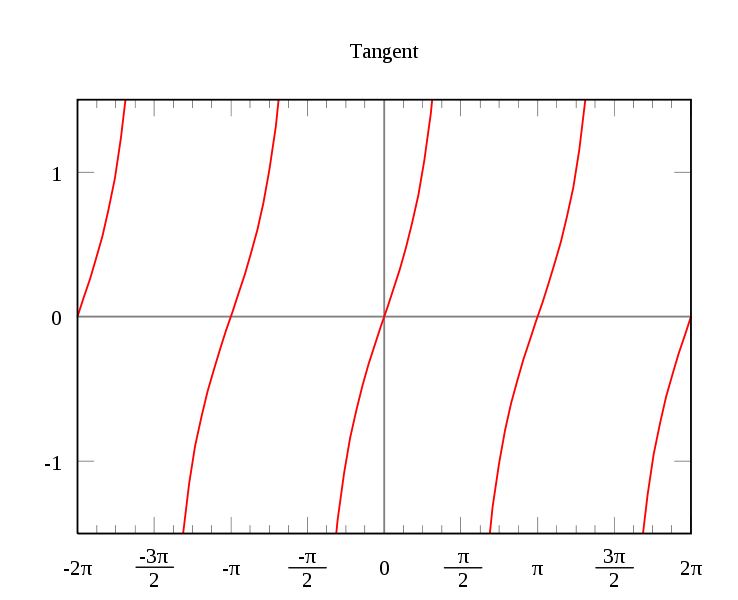This section requires Javascript.
You are seeing this because something didn't load right. We suggest you, (a) try
refreshing the page, (b) enabling javascript if it is disabled on your browser and,
finally, (c)
loading the
non-javascript version of this page
. We're sorry about the hassle.
4 solutions
that's right
tan
(
A
+
B
)
=
1
−
(
tan
A
tan
b
)
tan
A
+
tan
B
In this case,
B
=
2
π
,
so,
tan
[
A
+
2
π
]
=
1
−
tan
A
tan
2
π
tan
A
+
t
a
n
2
π
Dividing both numerator and denominator on RHS by (
tan
2
π
),
⇒
tan
[
A
+
2
π
]
=
tan
2
π
1
−
tan
A
tan
2
π
tan
A
+
1
The reason behind doing this is that the value of the trigonometric function
tan
at
2
π
approaches
∞
, which would render the problem unsolvable. So, we divided
both numerator and denominator
by
tan
2
π
, so that the problem can become solvable.
Now,
⇒
tan
[
A
+
2
π
]
=
∞
1
−
tan
A
∞
tan
A
+
1
⇒
tan
[
A
+
2
π
]
=
0
−
tan
A
0
+
1
⇒
tan
[
A
+
2
π
]
=
−
tan
A
1
⇒
tan
[
A
+
2
π
]
=
−
cot
A
Hence, answer is
−
cot
A
.
As Tan(A +pi/2) lies in 2nd quadrant, tan changes to cot and as tan is -ve in 2nd quadrant, the answer is -cotA
tan ( A + 2 π ) = cot ( 2 π − ( A + 2 π ) ) = cot ( − A ) = = sin ( − A ) cos ( − A ) = − sin ( A ) cos ( A ) = − cot ( A )

tan ( A + 2 π ) = cos ( A + 2 π ) sin ( A + 2 π ) = − sin ( A ) cos ( A ) = − cot ( A ) .